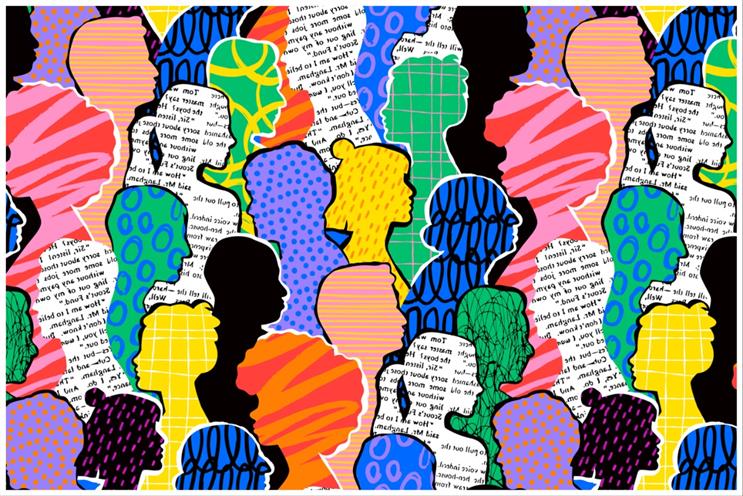 Dedraw Studio/iStock
Dedraw Studio/iStock
Sourcing images that represent people of colour to include in teaching and learning resources is an essential element of increasing a sense of belonging and improving engagement with the curriculum. Lecture slides are an important part of the learning experiences for students in HE and should be diverse and inclusive in the same way as other resources such as reading lists. Important questions to ask yourself include:
- Are the visual images in your curriculum relatable to your students?
- Who is missing or excluded?
- Are any stereotypes being perpetuated in the image I am using?
Research conducted by Mi Young Ahn, Kathleen M. Quinlan & Barbara Adewumi (2023), examined visual content across social science lecture slides. They found only 12% of slides presented people of colour positively in non-stereotypical and active roles.
Finding images that represent diversity across a range of contexts can be problematic; however academic staff at Kent have begun to identify sources that offer images to help diversify your lecture slides. Take a look through the collections below to help you get started and develop best practices with regards to representation.
*Thanks is given to the valuable contributions of Dr Yetune Kolajo & Dr Aaron Berko for sharing many of these resources from the Teach Reflect Innovate programme at the University of Kent
BIPOC image collections:
- Despora – a free-to-use collection of photographs of South Asians in the UK
- Humaans – Mix-&-match graphic illustrations of people. Can select your preferred hair, clothes and positions
- Illustrate change – graphic illustrations representing people of colour across a range of medical and health areas
- Iwaria – free African high-quality photos
- Jopwell – Tech company representing Black, Latinx and Native American students. Share a free stock collection of photographs of their network.
- Nappy – free high-resolution photographs.
- Skin Deep – a free, open-access bank of high-quality photographs of medical conditions in a range of skin tones for use by both healthcare professionals and the public.
- UK BlackTech Stock photographs, free to use.
- WOCinTech – Stock photographs, free to use of women of colour in tech contexts.
Intersectional image collections:
- Disabled and Here Collection – photos and illustrations celebrating disabled Black, Indigenous, people of color (BIPOC).
- The Gender Spectrum Collection – The Gender Spectrum Collection is a stock photo library featuring images of trans and non-binary models that go beyond the clichés.
- Plus Sized Stock Photos – Can We All Go, a company that focuses on increasing the accessibility of spaces for people of all sizes and abilities, created this free stock photo collection “of plus-size people doing normal things” to address a lack of inclusion of fat bodies in existing stock photo collections.
General image sites that represent diverse groups:
- Canva – free design tool with photos, icons, graphic illustrations to create content. Use terms such as ‘diversity’, ‘Black women’, ‘disabled’. Premium level is fee-paying.
- Freep!k – free high quality photos, videos, PSD, AI images and icons. Premium level is fee paying.
- Pexels – free photos and videos. Example searches for ‘black student photos’ or ‘black professionals’
- Unsplash – free photography bank
Search for the context you need and the group you want to represent i.e ‘ labs’ and ‘people of colour’ . You can also search Artstor our University subscription image databases in the same way.
Remember when sourcing images to credit the creators. The above are all free to reuse through Creative Commons licensing.
References:
Yetunde Kolajo & Aaron Berko (2024) Decolonising and Diversifying Lecture Slides in Higher Education –Reflective Teaching Workshop Slides: Teach Reflect Innovate (TRI) Programme, University of Kent.
Mi Young Ahn, Kathleen M. Quinlan & Barbara Adewumi (2023) in Diversifying curricula: how are people of colour represented in lecture slide images?, Teaching in Higher Education, DOI: 10.1080/13562517.2023.2283725
